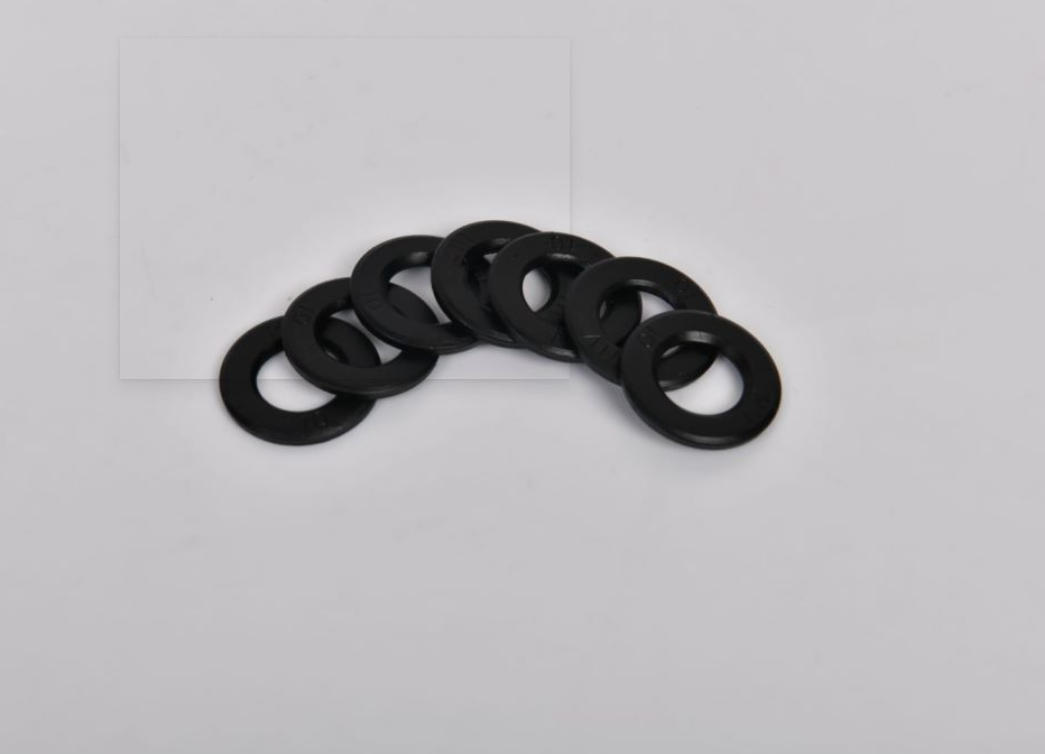oem proper lock washer installation
Proper Installation of OEM Lock Washers
When it comes to ensuring the reliability and performance of mechanical assemblies, the importance of proper fastening techniques cannot be overstated. OEM lock washers play a critical role in this regard by providing enhanced locking capabilities to prevent loosening due to vibration and dynamic loads. Understanding the installation process for these components is essential for anyone involved in maintenance, repair, or assembly projects.
What Are OEM Lock Washers?
OEM, or Original Equipment Manufacturer, lock washers are designed specifically for use with various fasteners such as bolts and screws. These washers are engineered to create a more secure connection by increasing friction between the washer, the bolt, and the surface it is fastened to. They come in various shapes and designs—such as split lock washers, toothed lock washers, and wave washers—each offering unique benefits suited to different applications.
Why Use Lock Washers?
Lock washers serve several important purposes
1. Vibration Resistance They are particularly effective in environments with high vibration levels. The unique design of lock washers helps to maintain tension on the fastener, reducing the chances of loosening over time.
3. Prevention of Backing Off In mechanical assemblies, components can easily loosen due to thermal expansion and contraction or cyclical loading. Lock washers are specifically formulated to counteract this tendency.
oem proper lock washer installation

Installation Process
The correct installation of OEM lock washers involves several key steps that should not be overlooked to maximize their effectiveness
1. Choose the Right Washer Select the appropriate lock washer type based on the specific application. Consider factors such as the materials being fastened, the required load capacity, and environmental conditions.
2. Prepare the Surface Ensure that the surfaces to be joined are clean, dry, and free of debris. Any contaminants can compromise the effectiveness of the lock washer.
3. Stacking Order When applicable, insert the lock washer between the fastener (like a bolt or nut) and the installation surface. The direction of the lock washer is crucial; for split lock washers, the split should face the fastener, while toothed lock washers should have their teeth pointing towards the surface.
4. Tightening the Fastener As you tighten the fastener, it’s important to apply the correct torque according to the specifications. An inadequate torque may allow the assembly to loosen, while over-tightening can cause damage or deformation to the components.
5. Inspect the Assembly After installation, double-check that the lock washer has been properly positioned and that the fastener is securely tightened. Regular inspections are recommended, especially in high-vibration applications.
Conclusion
Proper installation of OEM lock washers is vital for the integrity of mechanical assemblies. By understanding their purpose and following the correct installation steps, you can significantly enhance the reliability and longevity of any assembly. Whether you are working on automotive manufacturing, aerospace applications, or industrial machinery, attention to detail during the fastening process will pay off in sustained performance and reduced maintenance costs. Always adhere to manufacturer specifications and best practices to ensure optimal results with lock washers and fasteners.
-
Top Choices for Plasterboard FixingNewsDec.26,2024
-
The Versatility of Specialty WashersNewsDec.26,2024
-
Secure Your ProjectsNewsDec.26,2024
-
Essential Screws for Chipboard Flooring ProjectsNewsDec.26,2024
-
Choosing the Right Drywall ScrewsNewsDec.26,2024
-
Black Phosphate Screws for Superior PerformanceNewsDec.26,2024
-
The Versatile Choice of Nylon Flat Washers for Your NeedsNewsDec.18,2024










